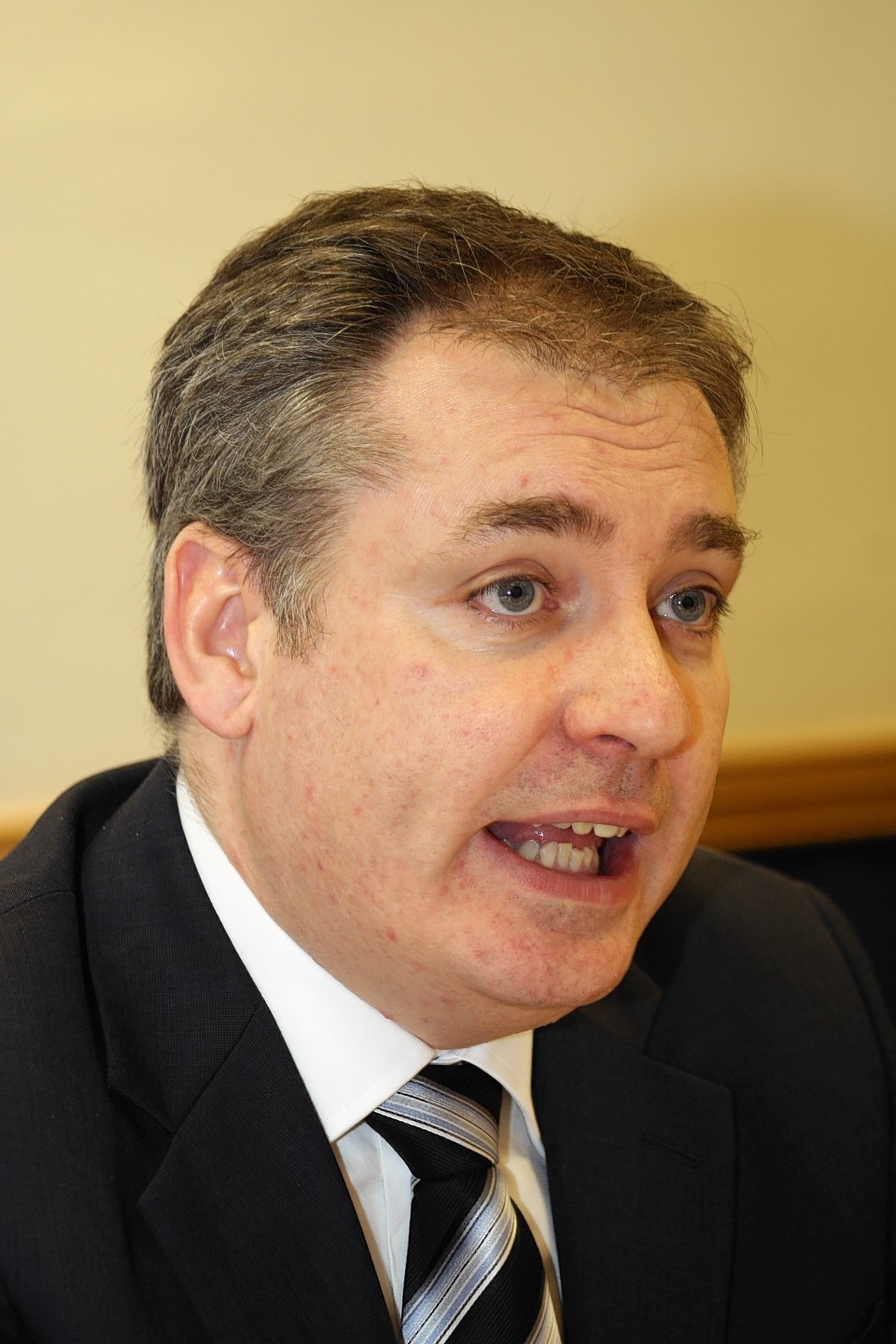Population growth in some rural parts of Scotland has increased more rapidly than urban areas, according to a new report.
A document published yesterday revealed there had been a 16% increase in the number of people living in so-called accessible rural areas – places less than a 30 minute drive from towns with a population of 10,000 – between 2001-13.
The increase means there are now 653,663 people living in these areas and 326,574 living in more remote regions – a figure that represents a 7% increase in growth over the period in question.
By contrast, the population in the rest of Scotland – urban areas – only grew by 4% to 4,347,463 people between 2001-13.
The population growth in some rural areas may be in part explained by the result of the 2013 Scottish Household Survey which showed people were more likely to describe their neighbourhood as a ‘very good’ place.
This is due to fewer litter, graffiti and criminal damage problems and lower crime rates.
The Scottish Government report showed that people who live in rural areas have longer life expectancies, are less likely to smoke and there are fewer emergency hospital admissions.
These areas have a higher proportion of people who volunteer in the community but have more expensive housing stock and a higher rate of households in fuel poverty.
The report stated that rural areas have a higher proportion of households spending over £100 a month on petrol and diesel for cars, fewer residents who find key services convenient and who are satisfied with the quality of public transport services delivered.
There are fewer children who walk or cycle to school and fewer adults use public transport to travel to work or education.
Rural Affairs Secretary Richard Lochhead said: “These findings confirm that as well as being a beautiful place to live, the quality of life in rural Scotland can be absolutely fantastic.
“There are clearly still challenges associated with living and working in rural Scotland, which the government is working hard to address.”
Mr Lochhead, MSP for Moray, said bus, ferry and train services were already heavily subsidised and more than £500million had been invested in home energy efficiency programmes since 2009.
